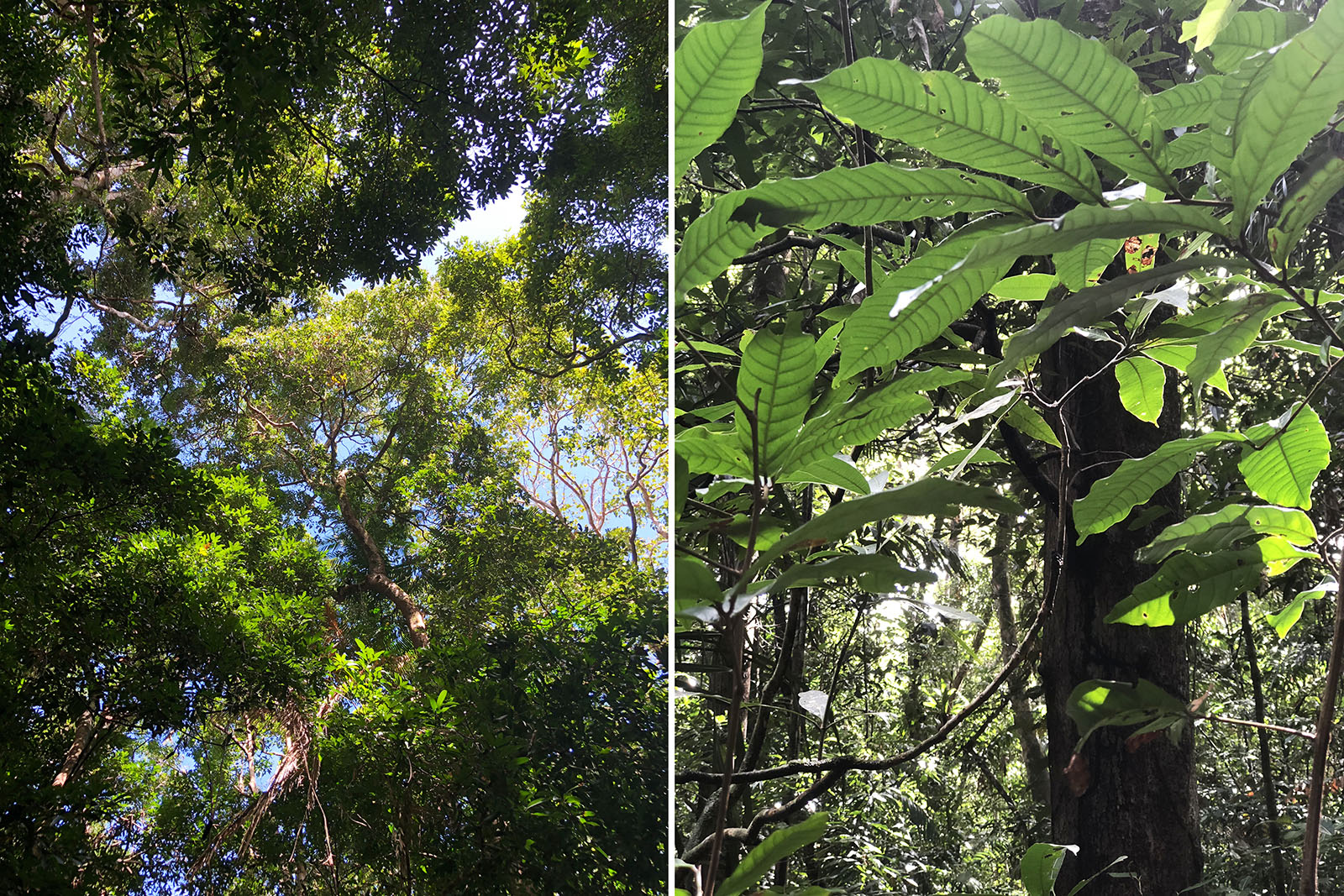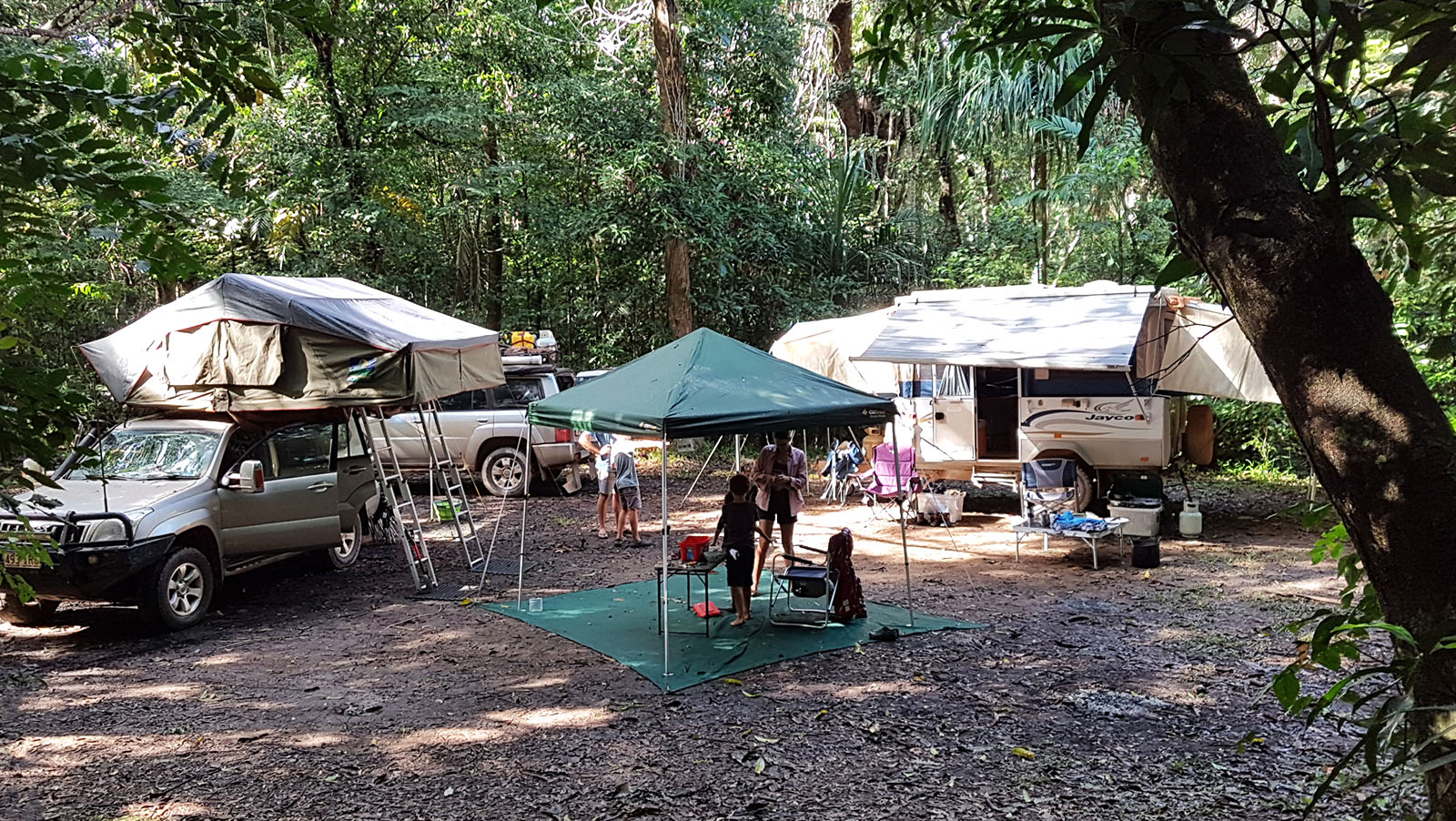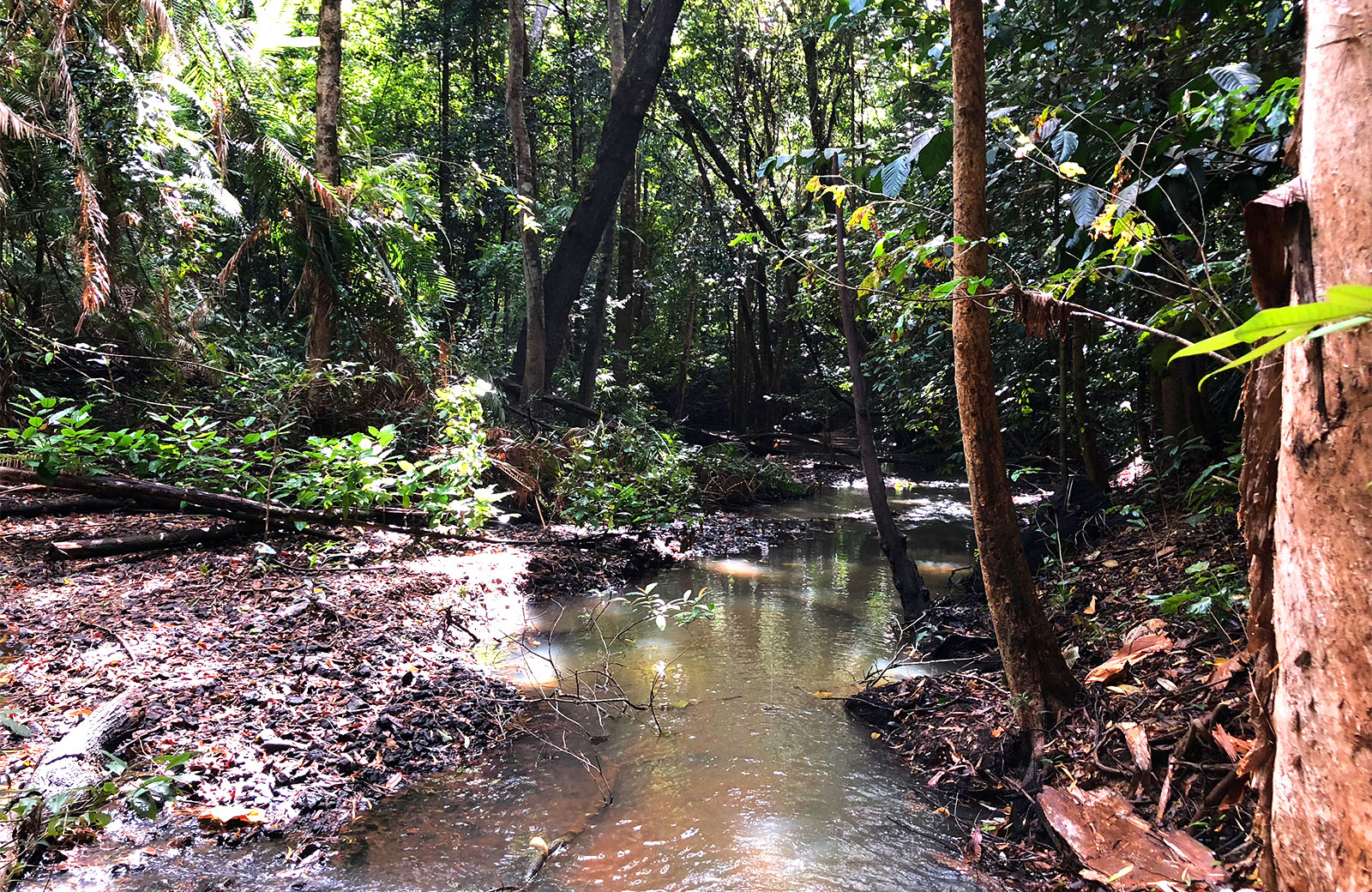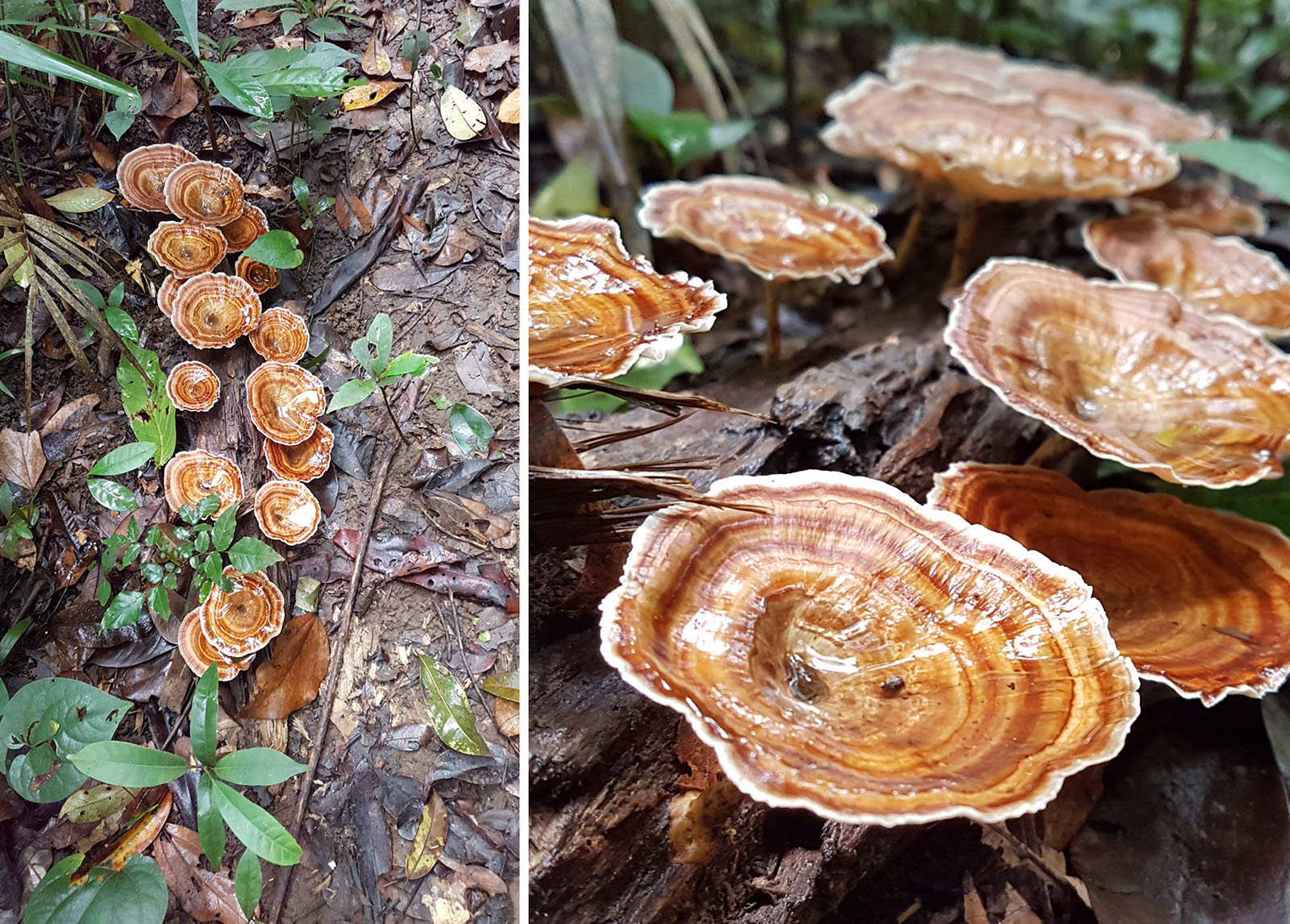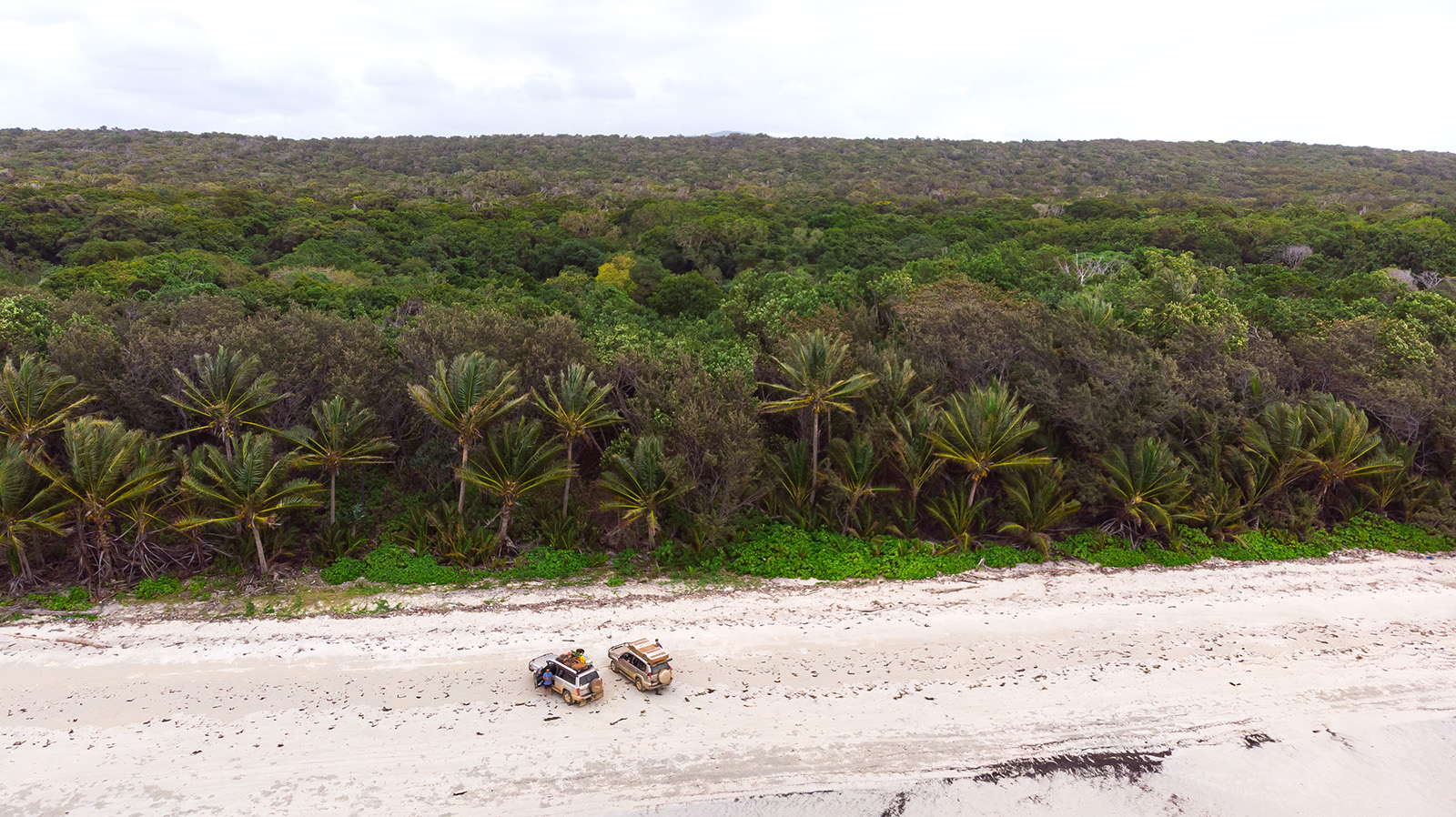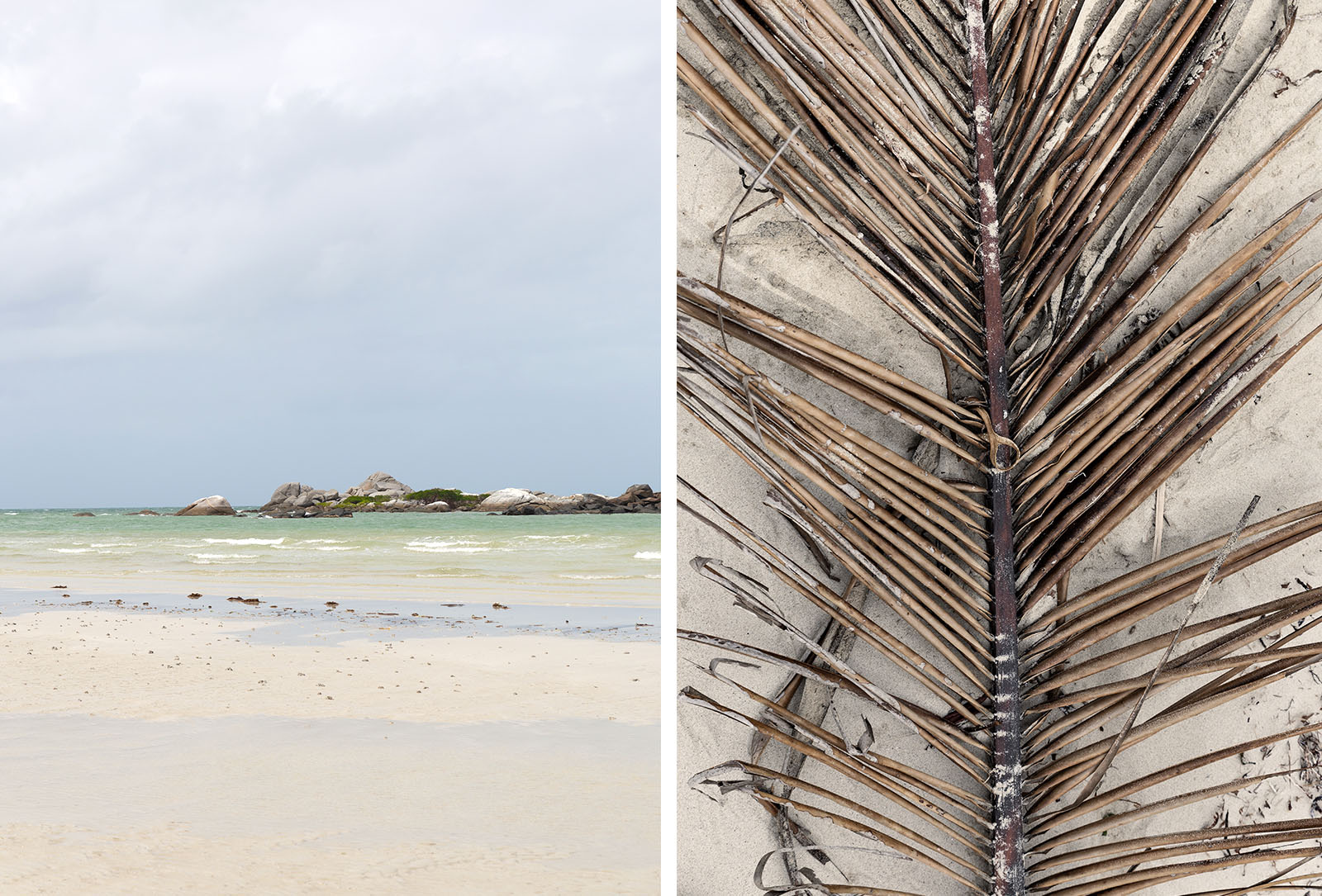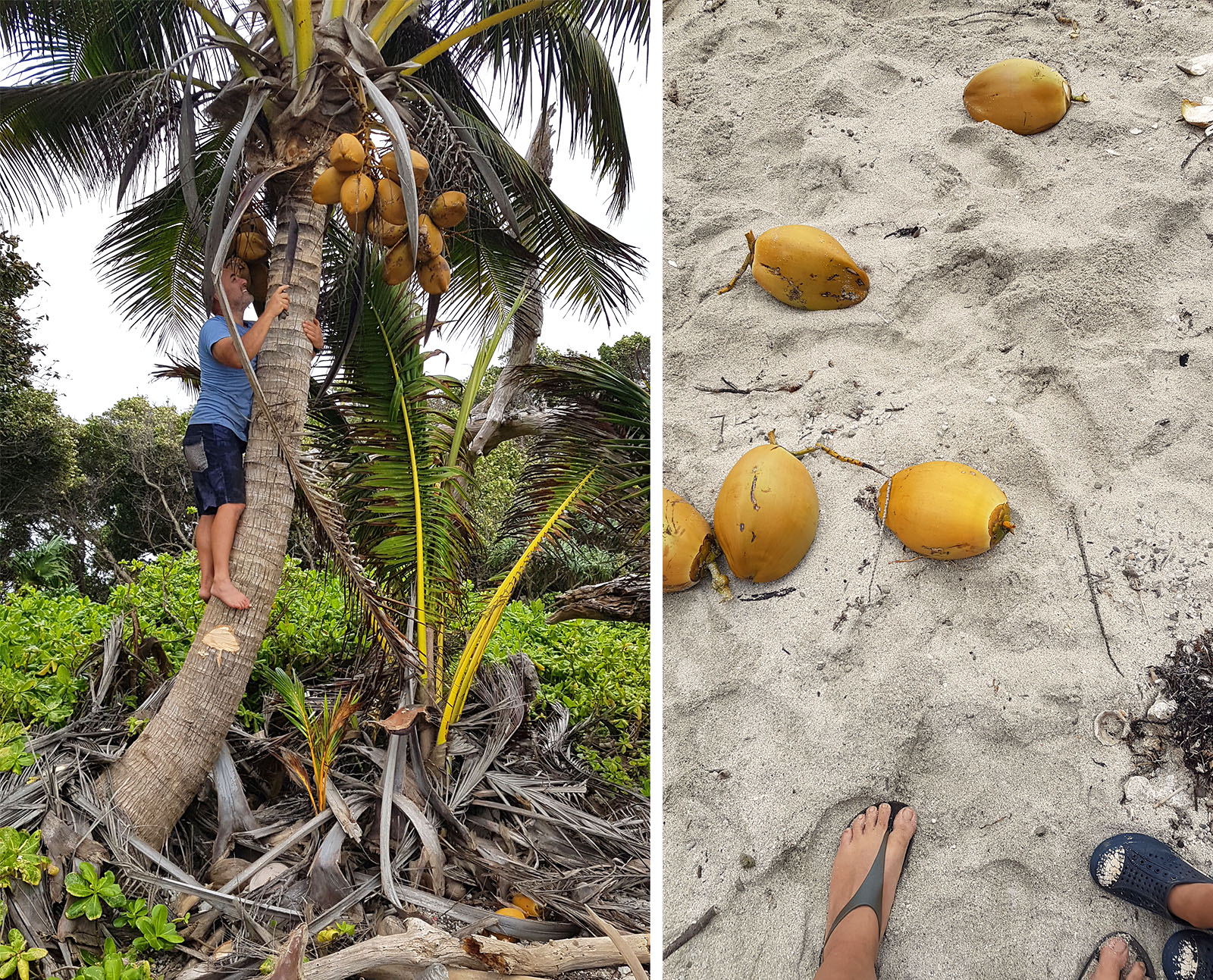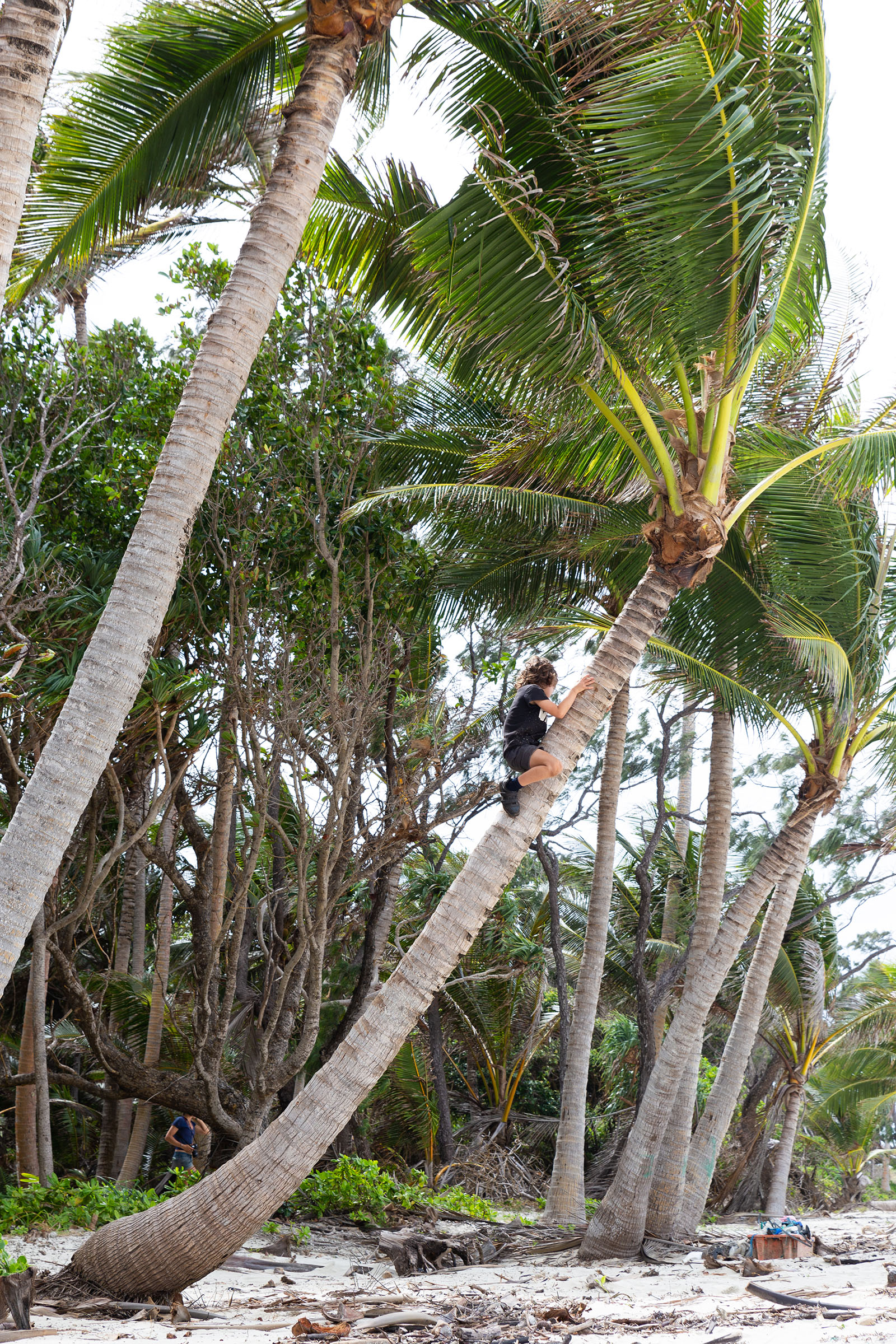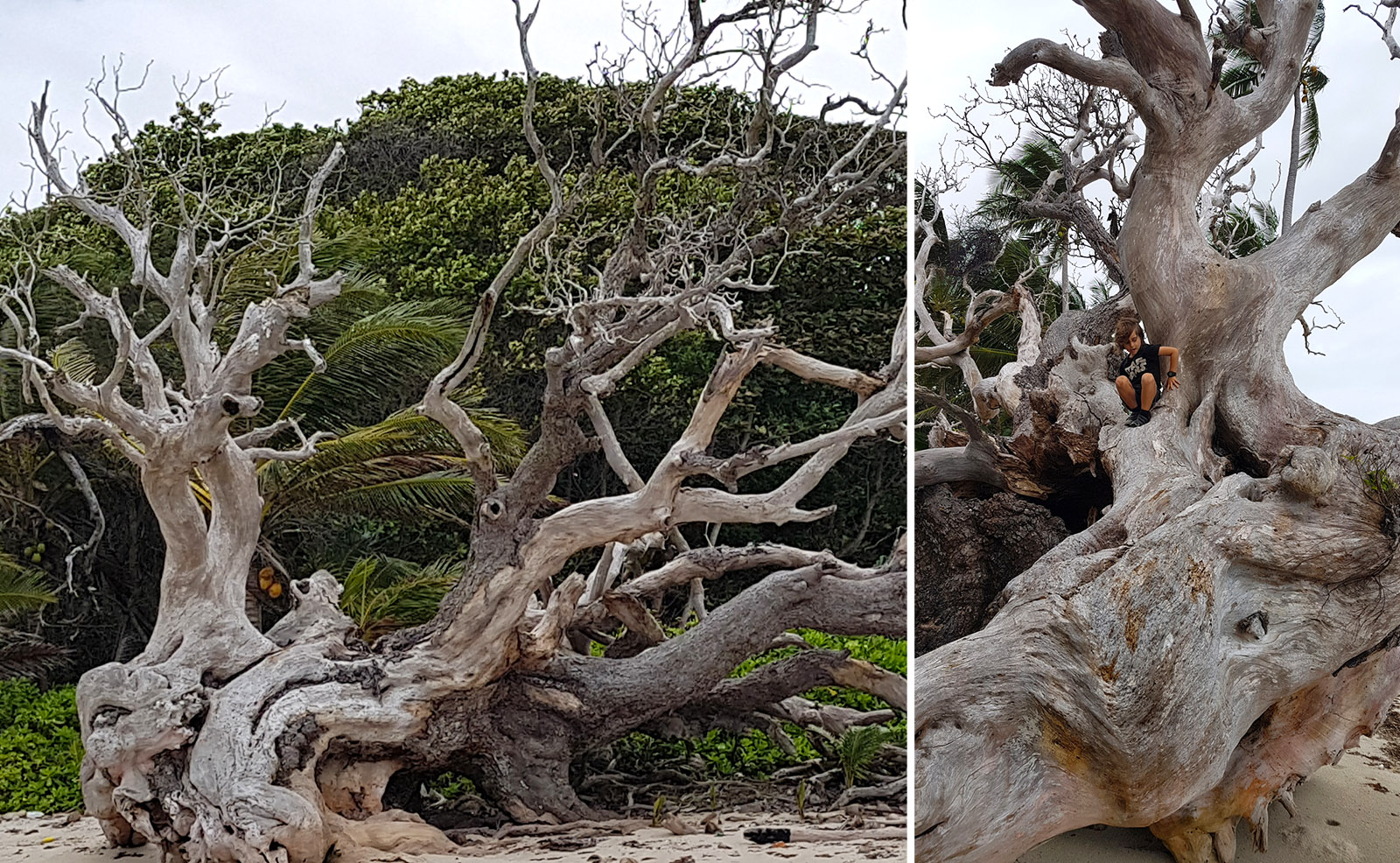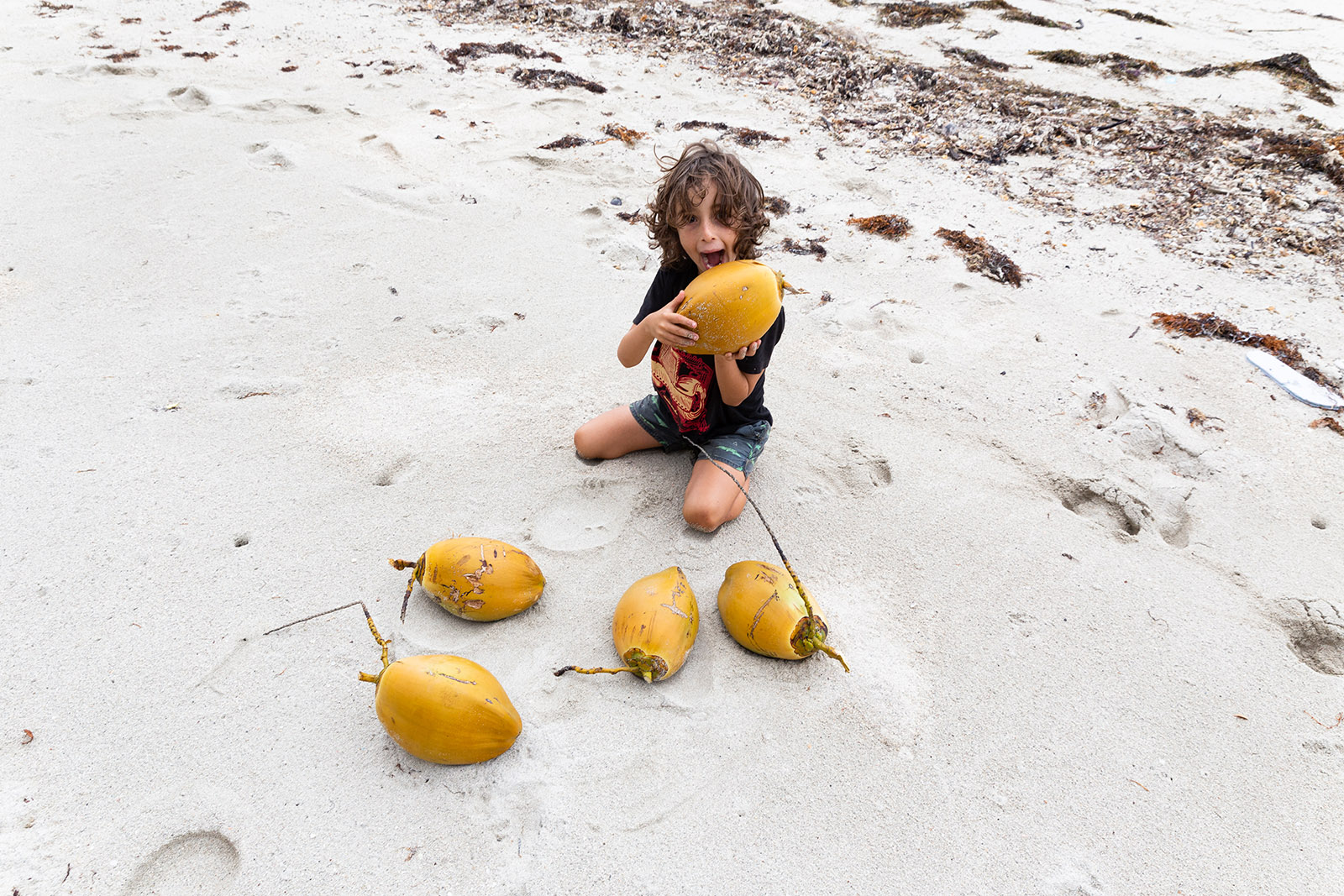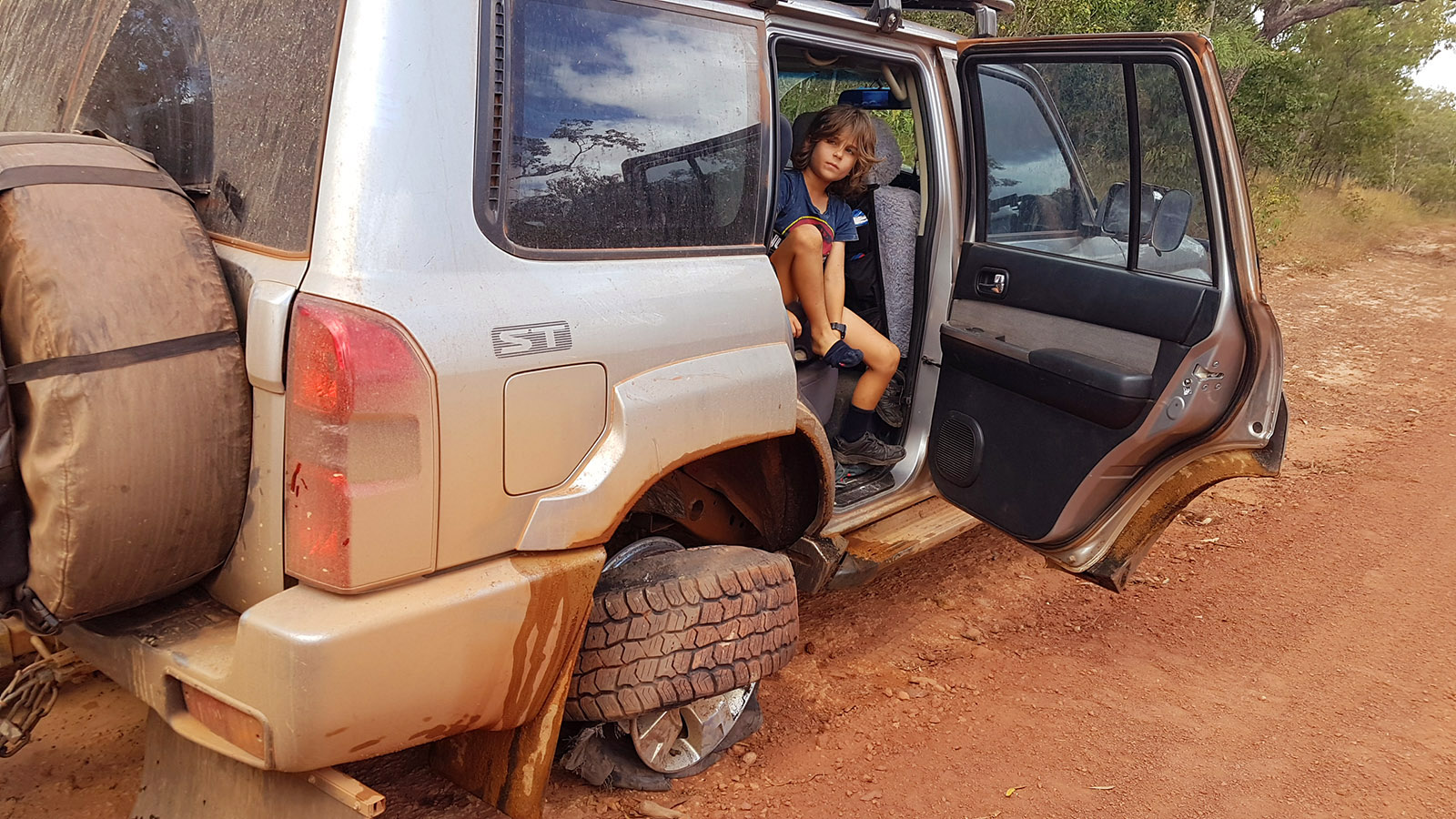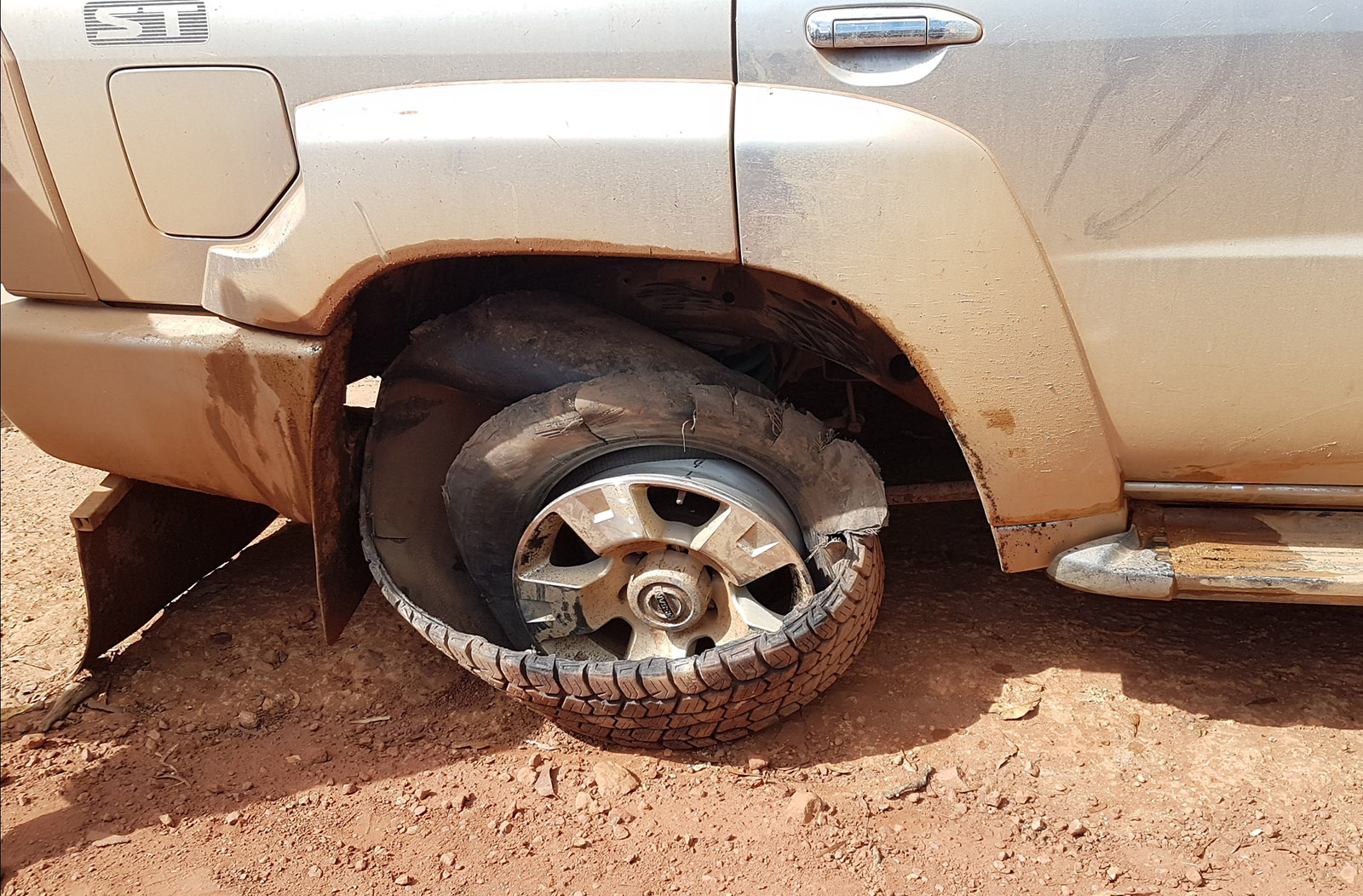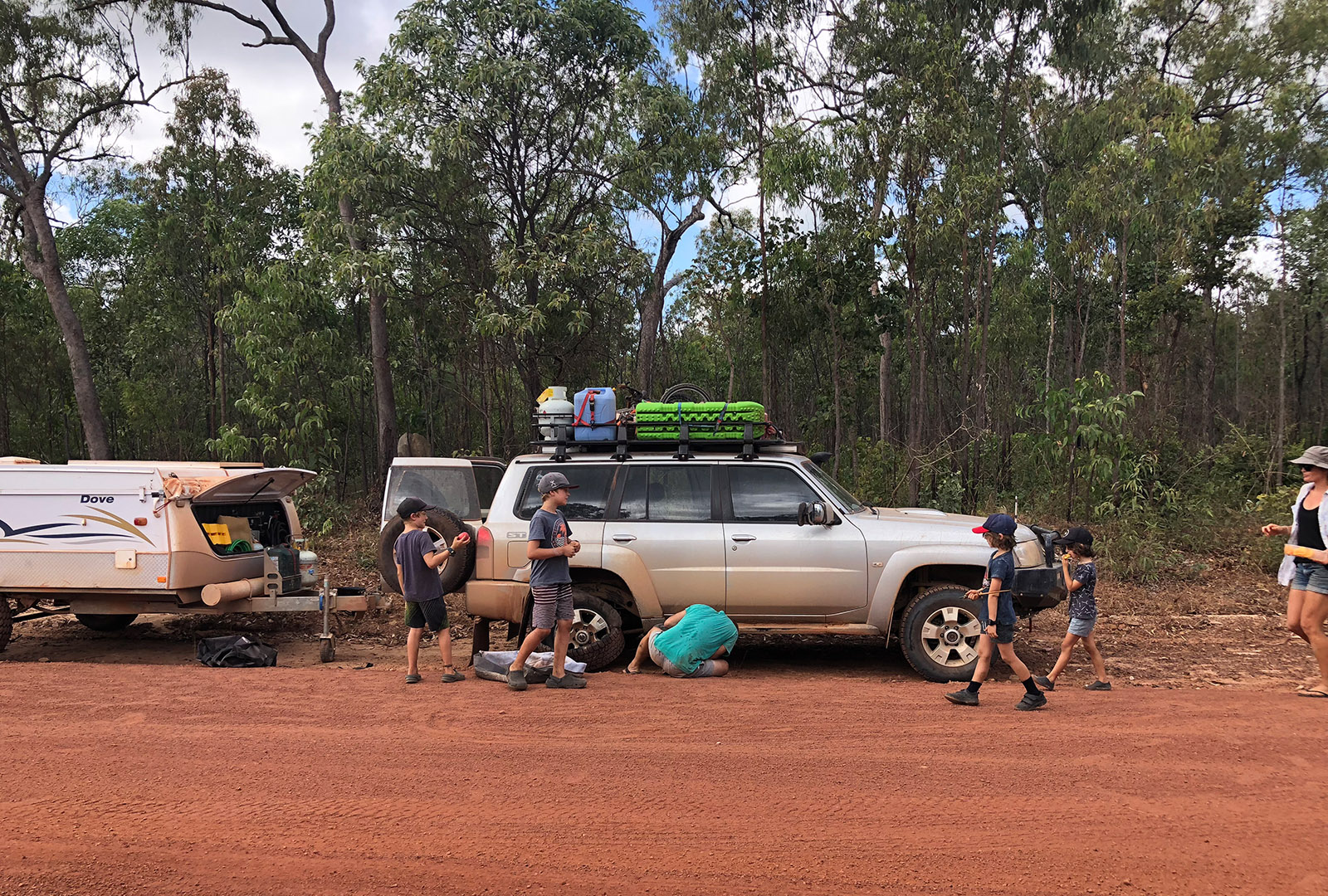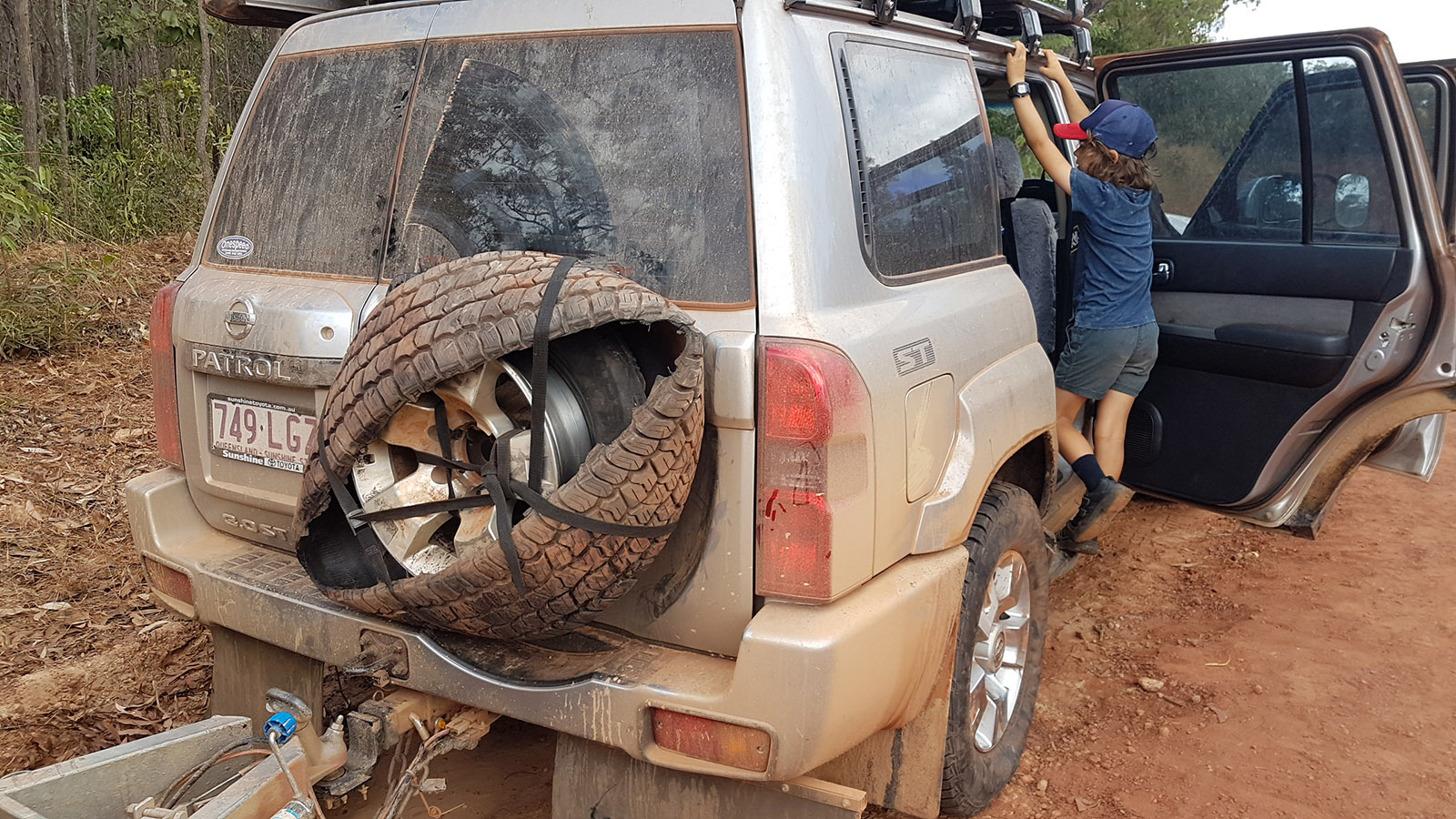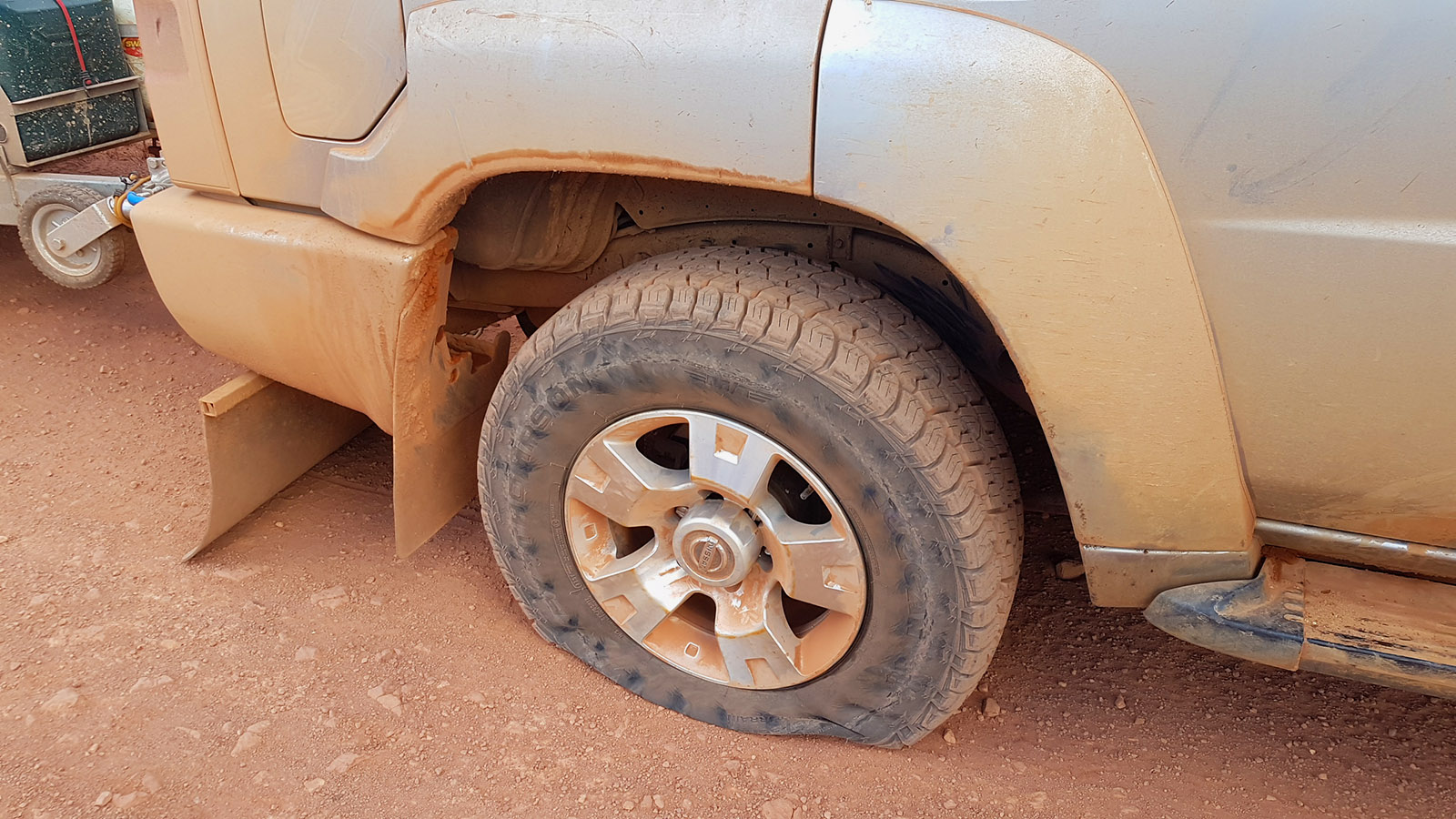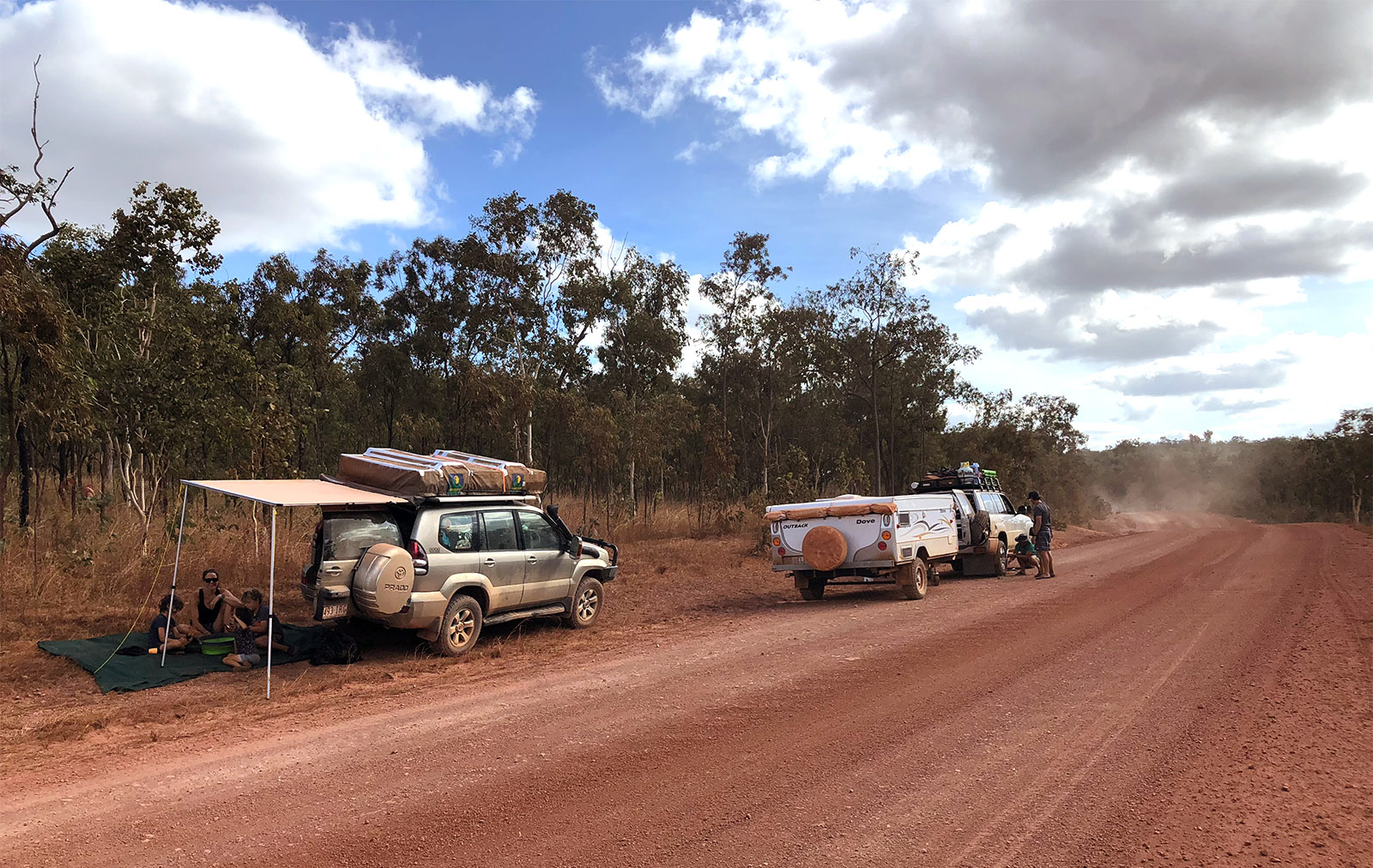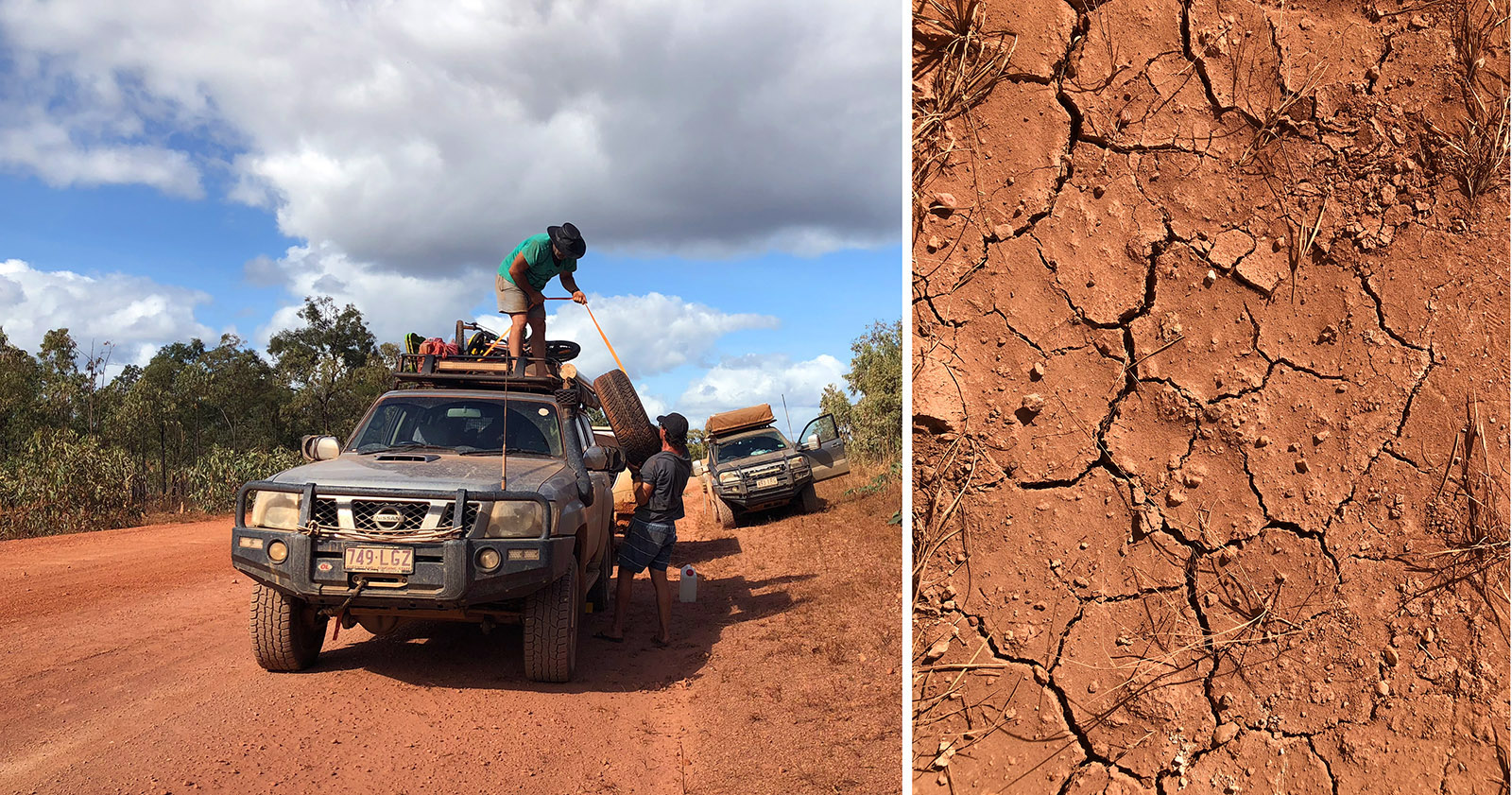Iron Range National Park – Cape York
Categories Big Trip 2018, By Karina, Camp Life, Queensland0 Comments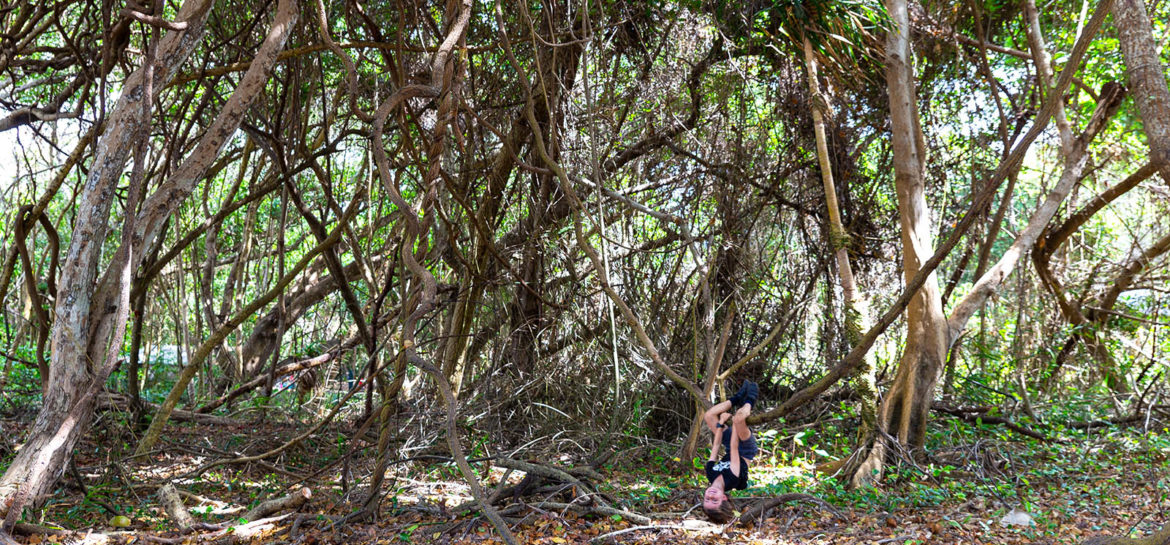
By Karina
On the western edge of Cape York Peninsula, about halfway up and level with Weipa to the East, lies Kutini-Payamu, or Iron Range National Park. It’s near to the indigenous community of Lockhart River and the small coastal hamlet of Portland Roads. It’s a special place and used to be connected to New Guinea by a land bridge. The rainforest in the area is one of the largest remnants of lowland tropical rainforest in Australia, full of towering trees, sweeping vines, and a decent amount of rain. In fact, the first decent rain of the trip.
It was a long day’s travel to get to our campsite at Gordon Creek. The night before we and The Friends were camped near Cockatoo Creek on the southern section of the Old Telegraph Track. We left early enough but wanted to make a stop at the Gunshot Creek, one of the Cape’s most iconic 4WD creek crossings. You can read more about that in our previous blog post Leaving the Cape and the OTT but let me just say this: somewhere in the space of those two hours of watching we managed to acquire a bag full of natural clay, lose a pair of thongs, and witness the most authentic mullet hairdo I’ve seen since 1984.
The rest of the day was spent travelling south to the Portlands Road turnoff and then east, at a slow crawl, into Iron Range National Park. It could have been the slowest drive of the trip so far, with stony ditches, sharp rocks, muddy dips, ford crossings and plenty of dirt. I was worried we wouldn’t make it. It was dusk when we finally drove into the damp forest clearing of Camping Area 1 & 2. We set up in the dark, dense forest all around, with no facilities and no real idea of what lay outside our circle of light. We were still in Crocodile Country and my imagination skyrocketed. By morning I was convinced that we would wake up to a campsite crowded with man-eating crocodiles, and we would have to throw them a half thawed steak as a diversion while we all high-tailed it to the car to escape. Of course, there was hardly a baby lizard in sight when I looked out through the fly screen. Beautiful trees towered above us, sweeping vines looping between their canopy and birdsong filtering down around us; and as the sun peeked through the foliage I tucked my worries back to bed for the day.
This was a camp-life of Lego, of spear-making, of step repairs and of campfires. And not just your customary night time campfire, but your afternoon campfire, and, my favourite kind, the morning campfire. The boys transformed their gunshot-creek-clay into masterpieces and baked them solid in the camp fire, and we brewed campfire billy tea and coffee with much satisfaction.
We day tripped out to the coastline of Chilli Beach. I’d heard a fair bit about chilli beach from my polite eavesdropping and enquiring while camped at Loyalty Beach. From what I’d heard, I wasn’t expecting very much: perhaps an isolated beach with the potential of being spectacular if it weren’t for the windstorms and the rubbish. But I was wrong because it was a hushed sort of stunning: island style white sand, palm fringed, coconut heavy and just enough beach treasure to be fascinating. We spent a good deal of time here, cutting down fresh coconuts with a machete, climbing all over the huge uprooted trees, and feeling very much like Robinson Crusoe.
After 4 days of forest we packed up and left, heading towards Merluna Station on the way into Weipa. We were all pretty ready for showers and flushing toilets. We were also all prepared for the rough slow drive out. And we thought we’d almost made it without a hiccup, when suddenly our rear right tyre exploded. Luckily, because of conditions, we weren’t going very fast. We were well prepared with spare tyres – one brand spanking new one, a second spare which was 10 years old and a spare for the jayco – so there was no real drama. We all hung out roadside while the men did a fine job changing tread. Eagle-eyed, I spied a tear in the side wall of one of the camper’s tyres, so that one got changed as well, just to be safe. With the the work complete, the shredded type strapped to the back, and fresh rubber on our back quarter, we headed off again.
It was only 2 km later that the brand new rubber made a strange sort of noise, and, to our shock and horror, we realised it was flat. So we deja vu’d the roadside activities, with less novelty this time.
When we set off again with our decade-old tread, it was with furrowed brows and quite a bit of muttering about dodgy brand new tyres and imminent warranty claims. This turn-of-events was actually a bit of a plan changer, as it meant that we now had zero spares, in country where spares are a must and we were still 200 km of dirt road away from any town. Adventuring, off-roading and dusty shortcuts were now out of the question. We would need to sort out our tyres in Weipa before making any solid itinerary for the next leg of the trip. But Merluna station was between us and there, and only 60km further east, so we bumped carefully along, with images of the outback cattle station fixed in our mind and thoughts of its hot hot showers leading the way.

